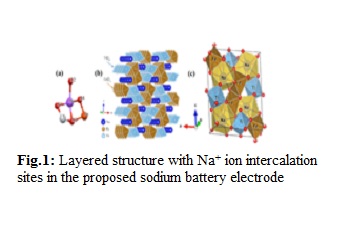
Awalendra Kumar Thakur
Indian Institute of Technology Patna, India
Title: Role of crystal structure stability for energy storage applications
Biography
Biography: Awalendra Kumar Thakur
Abstract
Materials research for energy storage applications has drawn considerable attention in recent years owing to growing alertness on saving earth from impending dangers of pollution, implementation of stricter emission norms across the globe and emerging emphasis on development of clean/green energy alternatives. To meet this challenge, chain of efforts aimed at bringing a paradigm shift in energy research is underway. Potential candidates are solar photovoltaics, fuel cells and storage devices. Further, the best considered and commercially available alternative is solar photovoltaics. However, it cannot act itself as a standalone energy solution. It requires storage devices as backup for providing energy when source of solar energy recedes into background during night. The most sought-after storage devices are high energy density rechargeable batteries, supercapacitors and a hybrid of the two. All energy storage devices are based on conversion of stored chemical energy into electrical energy. Energy storage devices, being multi component system, primarily comprise a separator compartment sandwiched between two electrodes (anode & cathode). Energy storage capability is determined by its crystallographic structure. Crystallographic structure & phase, structural stability and strain bearing capability of these components play a crucial role in determining their suitability as a storage device component. Such applications require a single phase layered crystallographic structure with attributes such as; (a) availability of guest sites for intercalation-deintercalation of cations during charge-discharge cycles, (b) layered tunnel type structure along all the planes in a 3-D geometry, (c) presence of crystalline structure with a flexible framework, (d) sustainability of volume expansion with capability of withstanding lattice strain, (e) phase stability etc.. In the present work, we report a review of the crystallographic features of some important material structures used in energy storage applications. State of-the-art developments in the area covering recent emphasis on development of new generation of materials with structural suitability for high energy density applications is proposed to be discussed with summary of the ongoing work in our laboratory at IIT Patna.


